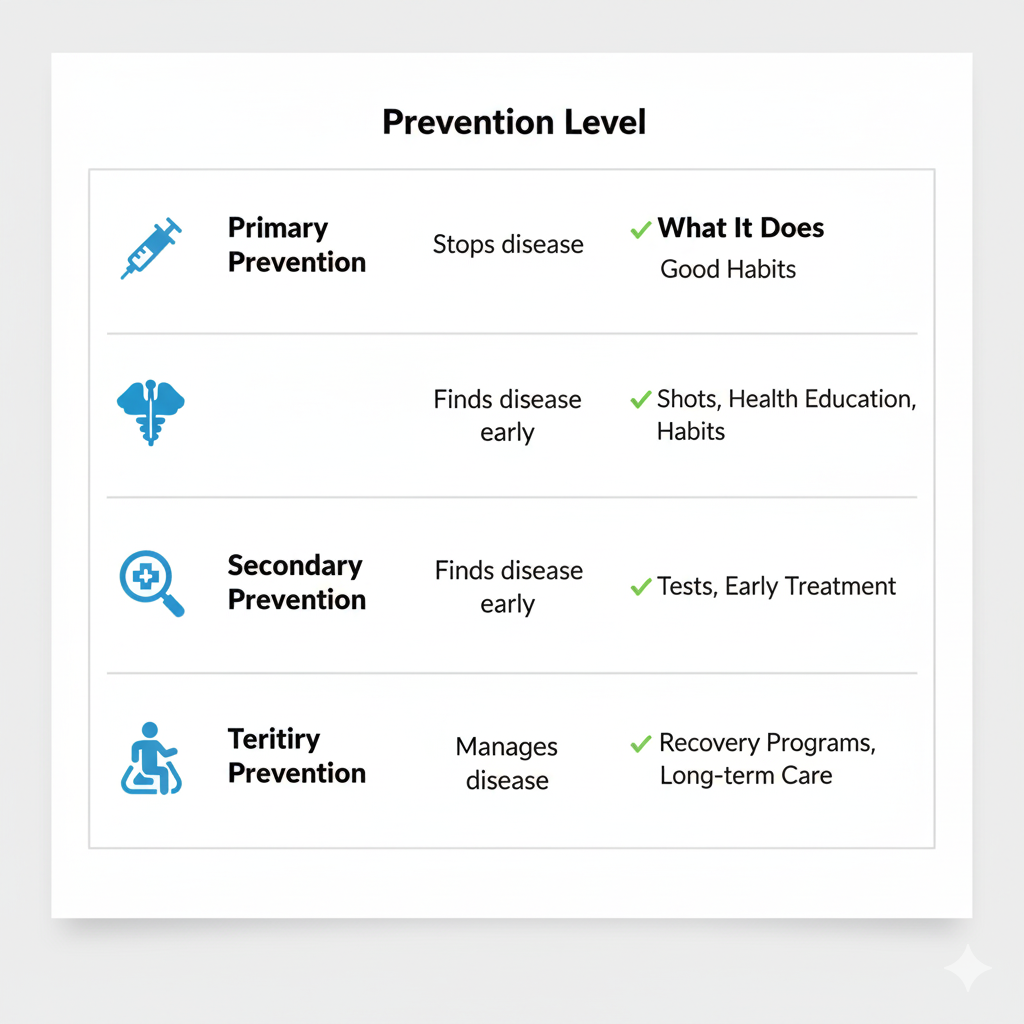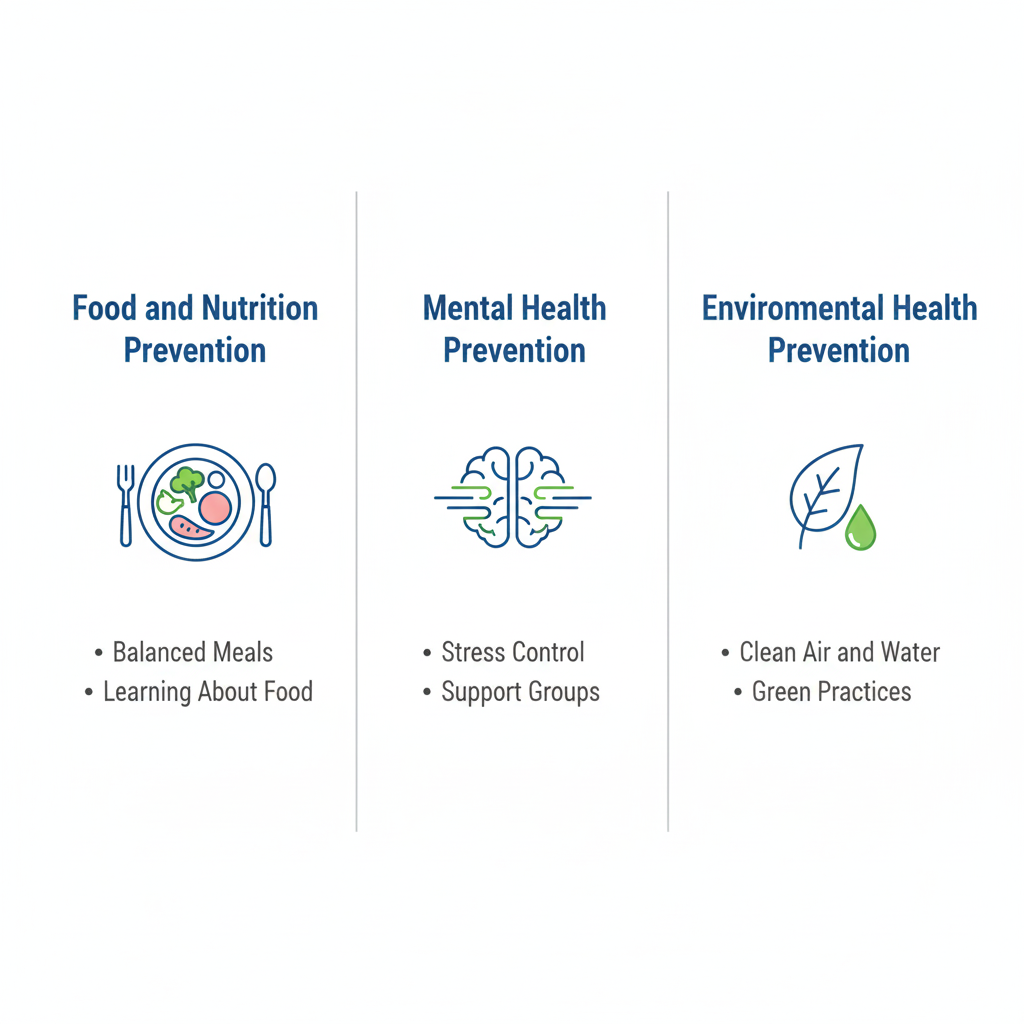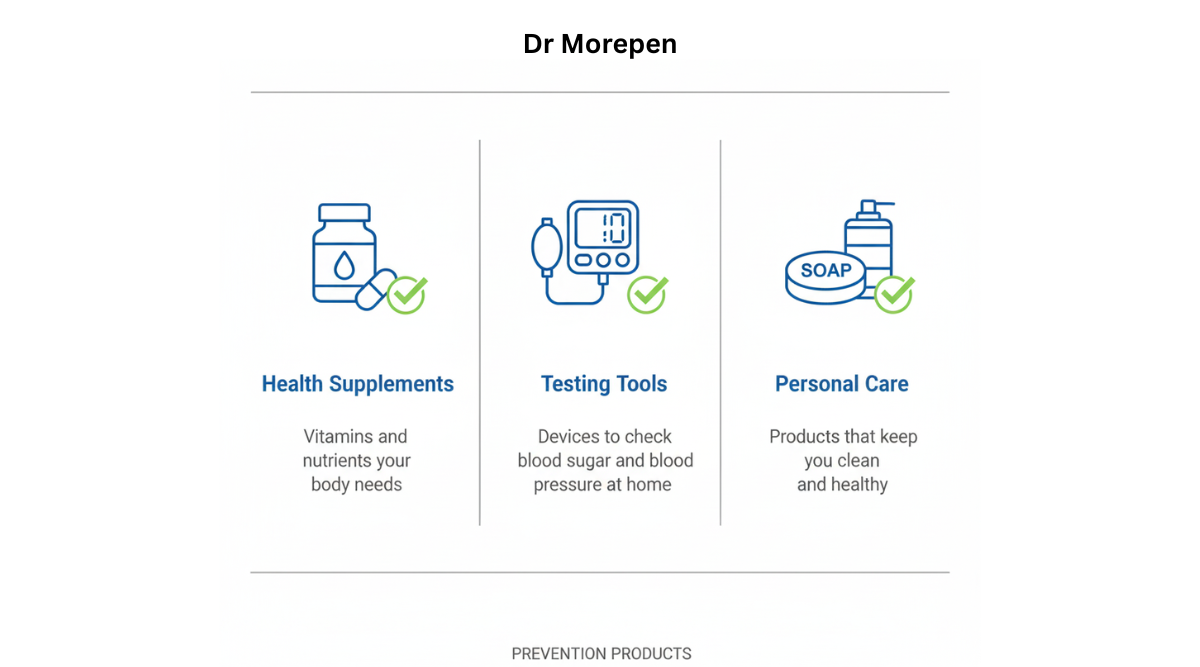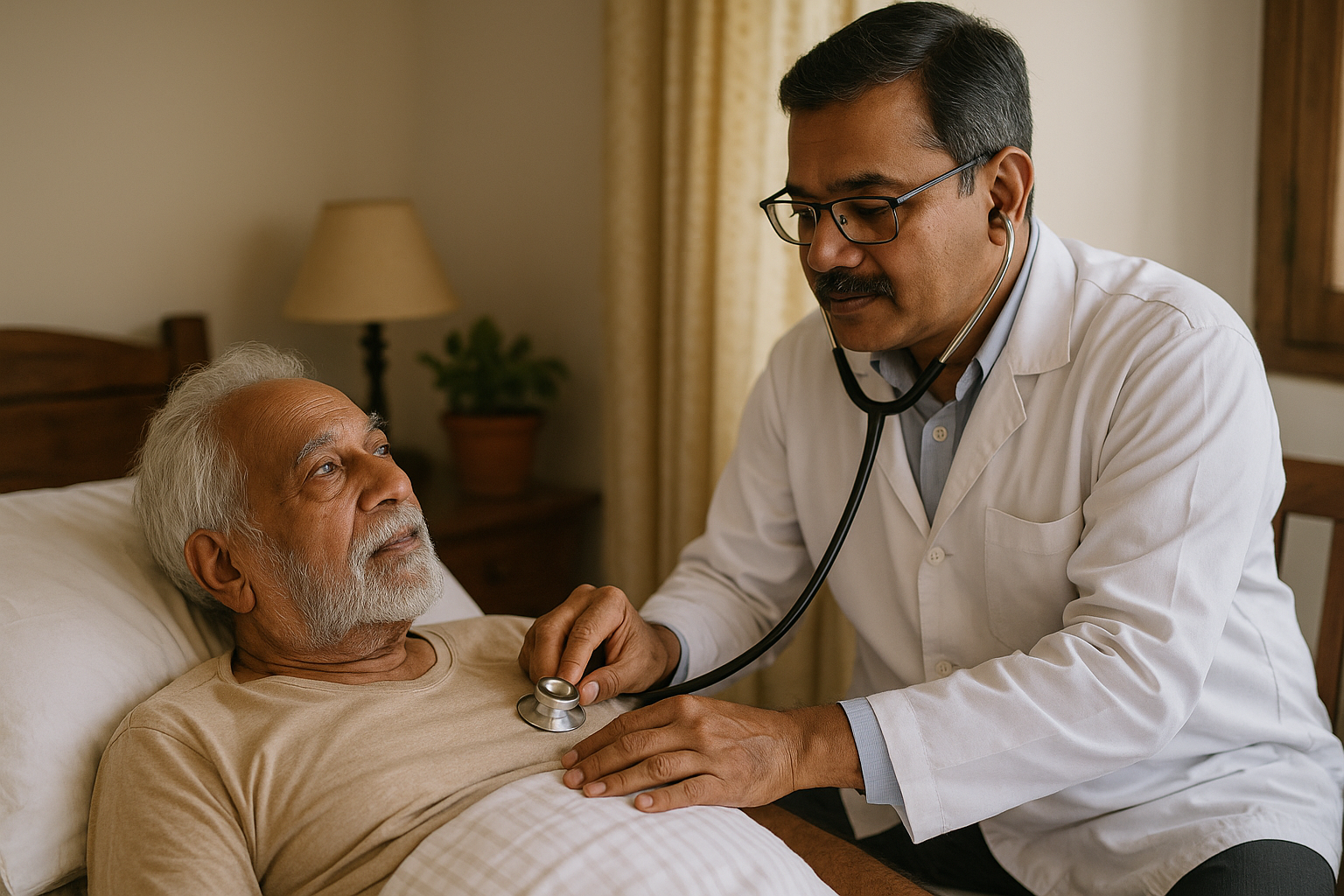Health experts talk a lot about prevention. But what does this word really mean? Prevention in health means taking steps before you get sick. This can be getting shots, eating better, or going for check-ups. When we focus on prevention, people stay healthier. Communities become stronger too.
This blog will explain what prevention means in health. We will look at different types of prevention. We will also see why it matters in dental health.
What is Prevention in Health?
Definition and Meaning
Prevention in health is about stopping problems before they start. It means doing things to avoid getting sick. When people understand this idea, they make better choices about their health. These choices help them feel better for years to come.
Key Parts:
- Risk Reduction: Finding things that might make you sick and avoiding them
- Health Promotion: Doing things that keep you healthy, like exercise and good food
- Early Detection: Getting tests to catch problems early

The Role of Prevention in Healthcare
Prevention changes how we think about health care. Instead of just treating sick people, we try to keep them from getting sick. Doctors teach patients about staying healthy. They make rules that help everyone. They also make sure people can get preventive care.
This new way of thinking helps everyone. Fewer people get sick. Health care costs less money. For more details about health check-ups, you can read our blog on preventive health check-ups.
Levels of Prevention in Public Health
There are three main types of prevention. Each one works at a different time. Health workers use all three types to help people stay healthy.

Primary Prevention
Primary prevention stops disease before it happens. It focuses on keeping healthy people healthy.
Examples:
- Shots: Vaccines protect against diseases like measles and flu
- Healthy Living: Eating good food, exercising, and not smoking
- Learning Programs: Teaching people about health risks
Secondary Prevention
Secondary prevention catches diseases early. When doctors find problems fast, they can fix them easier. Regular check-ups help find issues before they get worse.
Examples:
- Screenings: Tests like mammograms and blood pressure checks
- Early Treatment: Starting care as soon as a problem is found
Tertiary Prevention
Tertiary prevention helps people who already have diseases. The goal is to slow down the disease. It also helps people feel better and live normal lives.
Examples:
- Recovery Programs: Help for people after heart attacks or strokes
- Disease Management: Taking care of diabetes or high blood pressure
For more information about managing conditions like diabetes, check out our blog on insulin resistance.
Prevention in Dental Health
Dental prevention is very important. It stops tooth problems before they start. Good dental prevention helps avoid cavities, gum disease, and mouth cancer.
Ways to Prevent Dental Problems:
- Fluoride Treatments: Make teeth stronger
- Dental Sealants: Protect back teeth from decay
- Regular Check-ups: Find problems early
Understanding prevention helps both people and communities. When health systems focus on prevention, everyone benefits. Communities become healthier and stronger.
Prevention in Different Health Areas
Prevention works in many parts of health care. Each area has its own ways to keep people healthy. But they all have the same goal - better health for everyone.

Food and Nutrition Prevention
What you eat affects your health. Good food choices can prevent many diseases. Poor eating can cause problems like obesity and heart disease.
Nutrition Prevention Steps:
- Balanced Meals: Eat different types of healthy foods
- Learning About Food: Take classes about good eating
- Food Check-ups: Meet with nutrition experts
%20(1).png)
Mental Health Prevention
Mental health is just as important as physical health. Prevention in mental health helps people feel good emotionally. It also catches mental health problems early.
Mental Health Prevention:
- Stress Control: Learn ways to handle stress like deep breathing
- Support Groups: Join groups with other people
- Early Help: Get counseling when problems start
Environmental Health Prevention
Where you live affects your health. Clean air and water keep people healthy. Dirty environments can make people sick.
Environmental Prevention:
- Clean Air and Water: Work to reduce pollution
- Stay Away from Dangers: Avoid harmful chemicals
- Green Practices: Use renewable energy and make less waste
Prevention Programs Around the World
Good prevention needs strong programs. These programs work at both world and local levels. They help communities stay healthy.
World Health Programs
Big organizations work to prevent disease everywhere. They focus on problems that affect many countries.
World Programs:
- WHO Campaigns: The World Health Organization helps countries plan prevention
- Shot Programs: Getting vaccines to people who need them
- Clean Water Programs: Making sure everyone has safe water
Local Health Programs
Local programs work on problems in specific areas. They know what each community needs most.
Local Programs:
- Community Health: Programs for local health problems
- Health Education: Teaching people about staying healthy
- School Health: Teaching kids about health
.png)
Dr. Morepen's Prevention Approach
Dr. Morepen believes prevention is the most important part of health care. We offer products and services that help people prevent health problems.
Dr. Morepen's Prevention Products
We make it easy for people to take care of their health at home.
Our Products:
- Health Supplements: Vitamins and nutrients your body needs
- Testing Tools: Devices to check blood sugar and blood pressure at home
- Personal Care: Products that keep you clean and healthy

Research for Better Prevention
Dr. Morepen works hard to make better prevention products. We study what people need. We make sure our products work well and are safe.
Our Research:
- New Solutions: Creating products for new health needs
- Quality Control: Making sure products work well
Working with Communities
Dr. Morepen helps communities stay healthy. We work with local groups to reach more people.
Community Work:
- Health Camps: Free check-ups for everyone
- Working Together: Partnering with local health groups
For our home health services, visit Doctor at Home. You can also learn about our Nursing Services and Physiotherapy.
These efforts show how prevention works best when everyone helps. Through education, good products, and community work, prevention really makes a difference.
Conclusion
Prevention in health is about stopping problems before they happen. It helps people take control of their health. Communities that focus on prevention are healthier and stronger.
The three levels of prevention - primary, secondary, and tertiary - each play important roles. They help improve health, reduce chronic diseases, and make life better for everyone.
In dental health, prevention means fewer tooth problems and healthier smiles. This shows how prevention works in all areas of health care.
Dr. Morepen Home supports prevention by providing tools and products for healthy living. As you work on your health, remember that prevention is a powerful way to stay well for life.
FAQ
What are the main levels of prevention in health?
The three main levels are:
- Primary Prevention: Stops disease before it happens through shots, health education, and good habits
- Secondary Prevention: Finds disease early through regular check-ups and tests
- Tertiary Prevention: Manages ongoing illness through recovery programs and long-term care
How does prevention work in dental health?
Prevention in dental health keeps teeth and gums healthy. This includes fluoride treatments, dental sealants, and regular dental visits. These steps help prevent tooth decay, gum disease, and other mouth problems.
Why is prevention important for people and communities?
Prevention reduces disease and health care costs. For individuals, it means better health and quality of life. For communities, prevention creates healthier populations and saves money.
How can people add prevention to their daily lives?
People can prevent health problems by eating healthy foods, exercising regularly, getting recommended shots, going for check-ups, and avoiding harmful habits like smoking or drinking too much alcohol.
What prevention resources does Dr. Morepen Home offer?
Dr. Morepen Home provides health monitoring devices, nutritional supplements, and wellness products. These tools help people take charge of their health and practice prevention at home.
.png)



.png)
.png)
.png)
.png)
.png)
.png)
.png)

.png)
.png)
.png)

.png)
.png)
.png)
.png)
.png)
.png)

.png)
.png)

.png)
.png)
.png)

.png)

.png)


.png)







